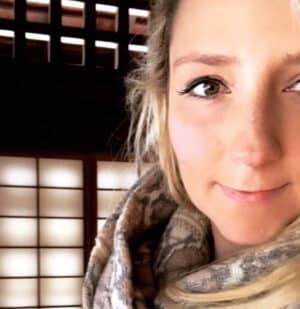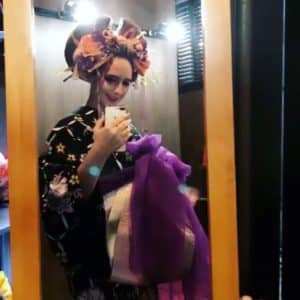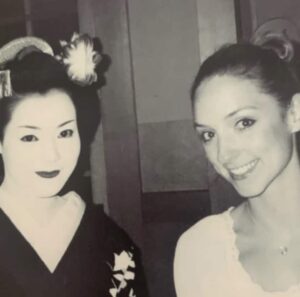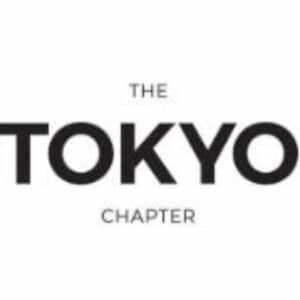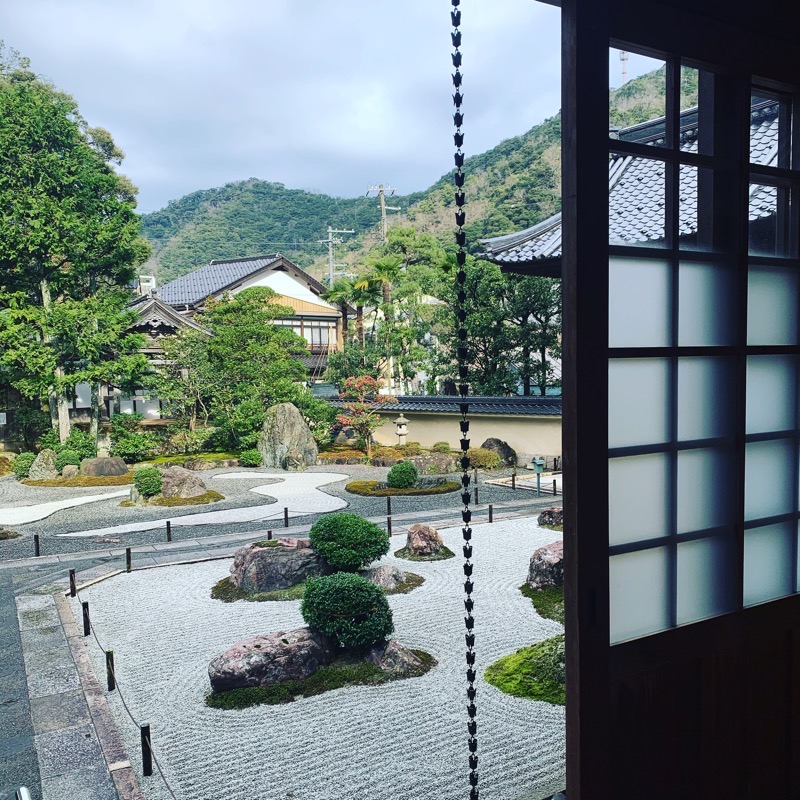
Hi ! I have a month by month guide of what to pack for Japan and also a general “what to pack” for when visiting Japan with children (and my list is super detailed with many everyday items you may not have considered) … but what about a “what NOT to pack” guide?
1. Hairdryer
This depends on which country you are coming from but.. for the fellow aussies.. leave the hairdryer at home. The voltage is different and it doesn’t work.
My apple products (iphone, macbook etc) charge fine though and my ghd hairstraightener is also fine in Japan.
I can’t remember a time at a cheap or fancy hotel in Japan where a hairdryer hasn’t been provided.
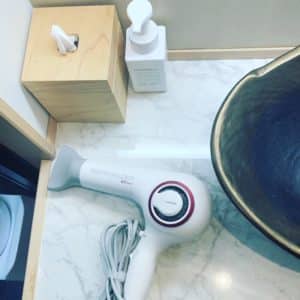
2. Medications without checking if they are actually allowed in Japan
I’m most commonly asked about bringing ADHD medication into Japan but I also recommend checking for all other options as some over the counter items from home actually aren’t allowed in Japan – such as Claritin-D, Codral Cold & Flu (or anything containing pseudoephridrine ) requires prior permission and some vicks inhalers are also not allowed. Some items containing codeine are often not allowed in Japan, such as Panadiene Forte or Tylenol #3.
This is why it is so important to check ahead and get all the written permission acquired- weeks ahead of your travel date.
Any medication you take (this goes for anywhere in the world) should always be in its original packaging (vitamins too) and you should also carry a copy of your prescription.
Sorry to be all doom and gloom, but if you are arrested in Japan for even a minor offence, you can be held in detention without bail for 2-3 months and penalties for illegal drug offences include imprisonment and fines of up to 5,000,000 yen.
So where to start my research on what medication is and isn’t allowed in Japan?
–The Ministry of Health, Wealth and Labour of Japan website
–The Narcotics Department website Japan page
–The Japan Travel: Bringing Medicines into Japan page
–The Smart Traveller website
*I thought most people would know this already but I did have to explain to someone recently that you CANNOT bring cannabis oil into Japan. So if it says THC on it – it’s automatically a hard no. Cannabis/Marijuana/Hemp are all illegal in Japan – in any form (including gummies, oil, cookies.) Opioids, adderall and epinephrine are illegal in Japan as well.
3. Socks with the holes in them and the boots with all the buckle and tricky zips
Shoes are on and off more than you’re likely used to at home. Got the bad, mismatched socks on ? This time you’re going to get caught out for that.
Also, any shoes that really require you to sit in order to put them on and off are best left at home. Many hotels ask for shoes to be removed in the guest rooms, some restaurants (even some casual restaurants) and especially if you are visiting a Japanese friend or taking part in a dinner with a Japanese family style experience. …those shoes will need to come off for a bit.
4. Scooters, wagon style strollers and side by side strollers .
I speak about this in great detail here but, although I strongly recommend coming to Japan with a stroller for any child who still fits in a stroller, the wagon style strollers are impractical for Japan and are also not allowed in many venues (Legoland Nagoya and the Tokyo Disney Parks also have a strict “no wagon stroller” rule. Side by side strollers will also limit the shops you restaurants you have to choose from and some public transport options. As for scooters, unless you are only using them in an open park in Japan, you will find your child won’t be allowed to use them in most public spaces including stations, train platforms, shopping centres and even many public streets in the big cities.
5. Noisy toys and really special toys
I have written a whole blog post on keeping your hotel room safe while travelling and how to plan for “hotel toys.” This is so important as kids need downtime in the mornings and evenings. But Japanese hotels are smaller than normal and some aren’t very sound proof. So, as I recommend here, best to bring toys that don’t make a noise (as well as headphones for ipads) and also bringing the toys that have been in the back of the cupboard at home.
In my drama free flights with kids blog post, I talk about the kinds of toys and activities we bring when we travel and how I keep party bag toys just for this purpose.
I also can’t tell you the number of times I’ve had messages from people saying that their child’s favourite toy was left on the train or housekeeping accidentally gathered up with the sheets – that’s so so hard.
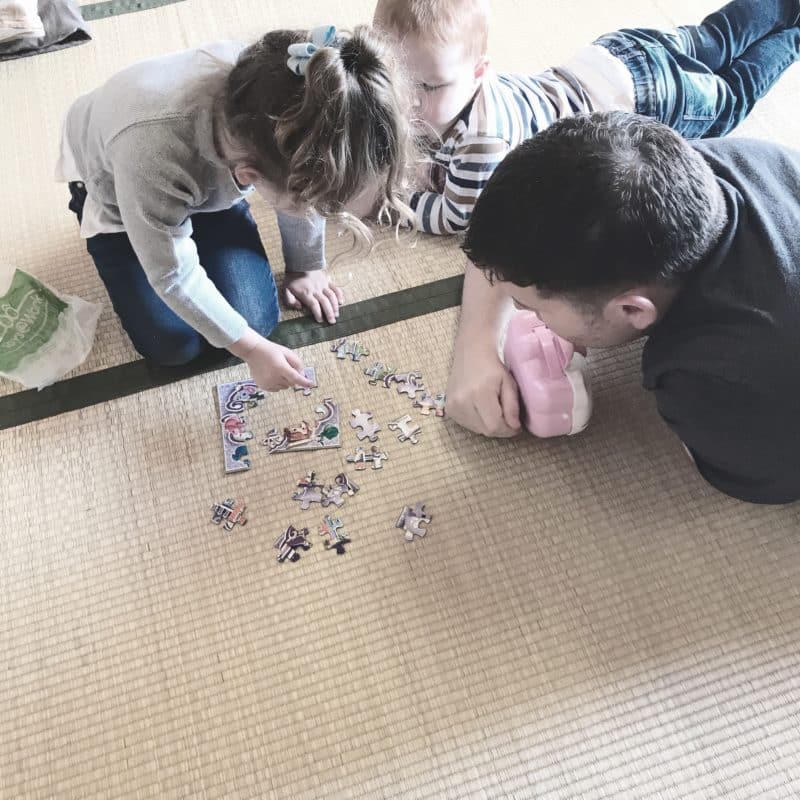
6. Baby Formula in little plastic bags
I think it’s pretty self explanatory – but please don’t go through airports with random white powder in bags. Haha.
See here for my recommendations on where to buy baby food and where to buy nappies/diapers.
7. Portable cots/cribs/pack’n”plays
If you are travelling with children who are needing these items – then, for me, they are deal breakers when choosing accommodation options. You will regret lugging these things around. Choose an apartment hotel with cots and space for kids or choose a brand of hotel that can guarantee the sleeping equipment you need for your family.
Side note: I also think it’s not worth bringing car seats to Japan. Carrying them around will change the whole holiday for you and how much you can travel and see. Taxis in Japan do not require car seats for children (like I explain here) but you can bring the seat belt adapters designed for travel OR you can book transfers with a company who take car seats and kid’s safety seriously here.
Sorry to be the “strict mum” here but kids only need this special type of bedding and amenities for a few years when they are small. I think it’s worth prioritizing their needs and the family needs during this short window of time while choosing accommodation. Then, you get to enjoy not having to worry about it again for the next trip because they will be bigger.
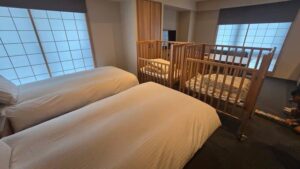
8. More than 1-2 sets of children’s pyjamas
Almost all hotels and ryokans provide sleepwear or yukata for guests to use during their stay. What I like to do, is pack 1-2 sets of kids’ pjs MAX and I make sure they are old enough to throw away before we fly home. We also have a rule that, if the hotel provides the sleepwear, then everyone must wear it to save the parents on the laundry burden wherever possible!
The only exception: if you, the adult, have a larger body than most Japanese people – your hotel may not have pjs to fit/make you comfortable.

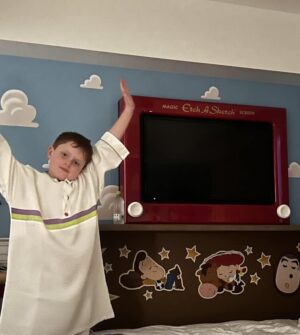
9. Too many toiletries
Even the cheapest of business hotels provide body wash, shampoo, conditioner. 90% also provide toothbrushes and shavers (although the disposable option aren’t the most environmentally friendly option.) So, instead, I recommend only bringing the products you are loyal too (and especially if you have skin sensitivities or other allergies etc) and can’t live without. For me, that is my favourite hair treatments and skin creams etc and I also can’t manage without colgate toothpaste.
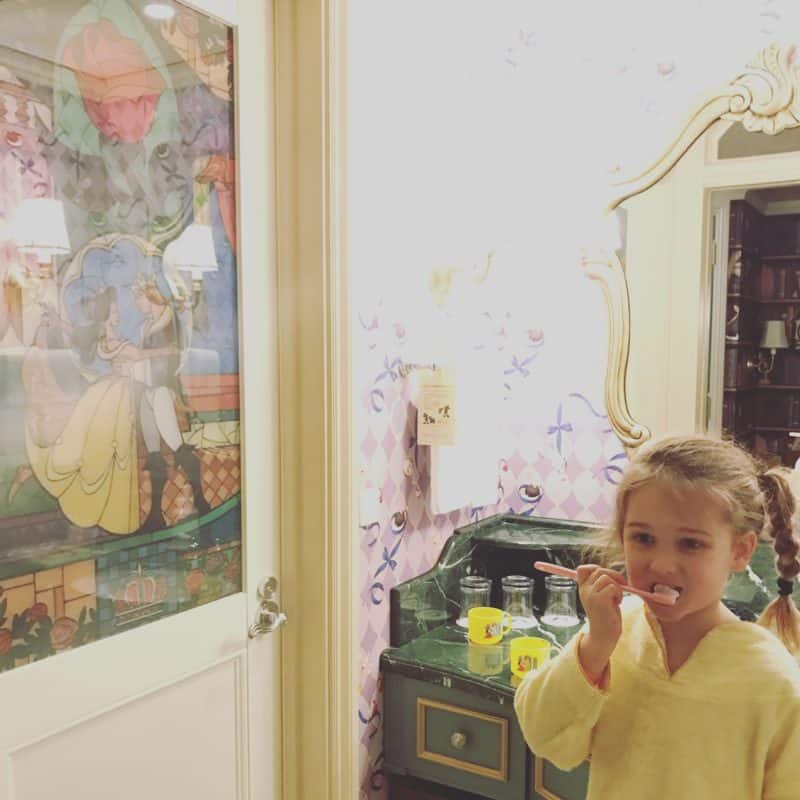
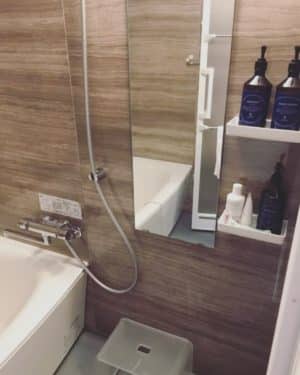
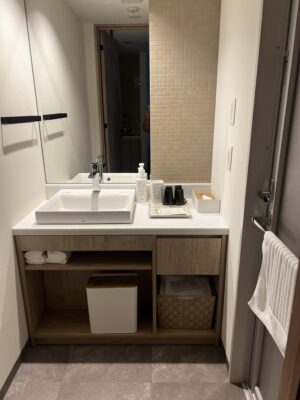
10. The cheap souvenir magnets and keyrings from home
Okay, so this is a personal taste thing (but also from someone who understands culturally appropriate gift gifting etiquette in Japan) put the little tacky touristy gifts at home.
I explain why in detail and have other suggestions of what to bring instead and why here.
I understand this is hard for those who are used to coming from a tipping culture and wanting to say thank you to individuals who have made your holiday more special.
But, really? The best way to show appreciation above and beyond in Japan is, in my opinion:
-Bring a pack of thank you cards and handwrite a simple thank you
-Send an email with a photo of you after your holiday is over
-Fill in hotel or service industry questionnaires and mention that staff member by name (as someone who has worked in the service industry in Japan for years and years – this is how employees are rewarded warmly within a corporation AND it helps get workers names up there for potential promotions etc too.)
-Offer to write positive google or tripadvisor reviews -mentioning that staff member by name (this is even more important for small businesses)
-Recommend the business or tour guide etc in big facebook or reddit groups.
11. Large backpacks instead of suitcases
Japanese stations and many tourist sights are well known for stairs and long walkways. A backpack is not a popular luggage option for domestic tourists in Japan for this reason.
I speak about it more here but the easiest way to travel as a family in Japan is to have a hard case suitcase with 4 wheels for rolling at the bottom (which takes all of the weight from it’s ” operator” meaning even young children can help.
This is also the type of suitcase that the forwarding company is most used to stacking and dealing with.
If you do have a large backpack I recommend leaving it behind for theme park days like Tokyo Disneyland. Also, while travelling on the train ,it is considered extremely impolite in Japan to keep wearing it on your back so make sure you put it at your feet or wear it on your front ( I speak of other train related etiquette tips for Japan here, if you’re interested.)
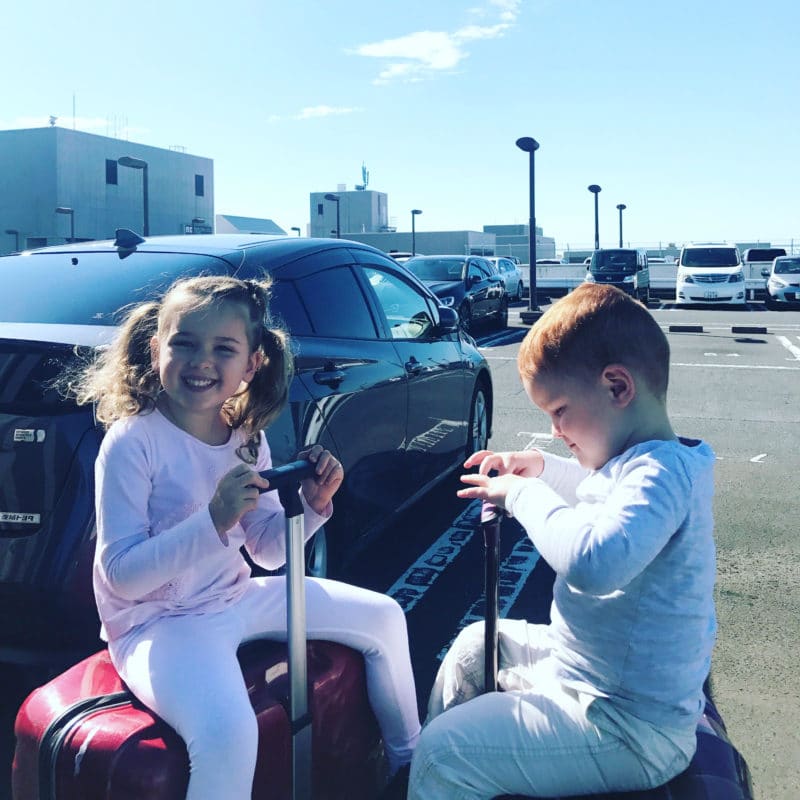
12. Clip on high chairs
You know those travel high chairs? I don’t recommend bringing those. The reason? If the restaurant doesn’t have a high chair ? It is sometimes because that restaurant doesn’t cater to families. I have a list of restaurants all over Japan that are our favourites and are kid-friendly – I talk about them by area. So, for example: Shibuya with kids article has all of my favourite family friendly restaurant options. Or you can check out my Kyoto restaurants with kids blog here.
Most restaurants in Japan will not allow you to attach your portable high chair to the table because a) it might damage their table b) they are worried the table will topple and then hurt your baby c)there may be limited space in the restaurant or at that table.
If having a high chair is super important to you, I have a list of restaurants with high chairs in Tokyo here – so you could prioritise these. But I actually recommend booking an apartment hotel with a high chair and , the other times, using one of my kid-friendly restaurant recommendations in my area guides and putting baby on your lap or choosing a restaurant with booth seating. This will mean that you will have so many more yummy restaurants for your family to choose from.
Tatami seating (otherwise known as zaseki) is also fabulous for little kids when dining out- nothing to fall off!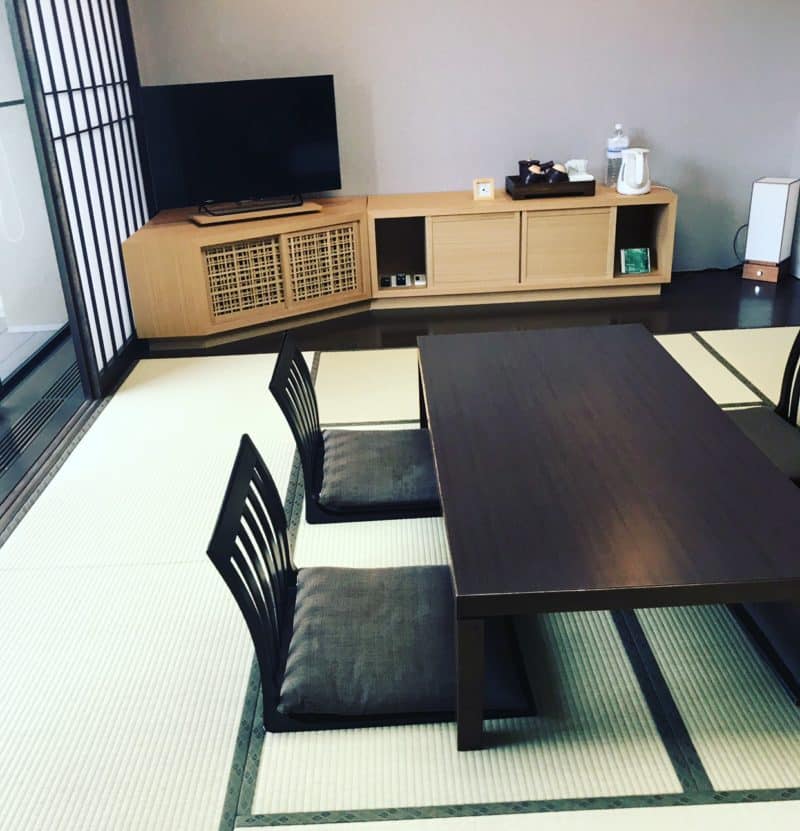
Side note: sorry but if you are doing baby-led weaning – please don’t do this in a restaurant in Japan. It’s not the done thing and isn’t considered to be very polite to other diners or restaurant staff. I did baby led weaning with all the options on the table top for baby etc in Tokyo -but spoon fed when we were out at restaurants in Japan. While we travelled I often fed my babies in an empty hotel bath so that they could make as much mess as they needed!
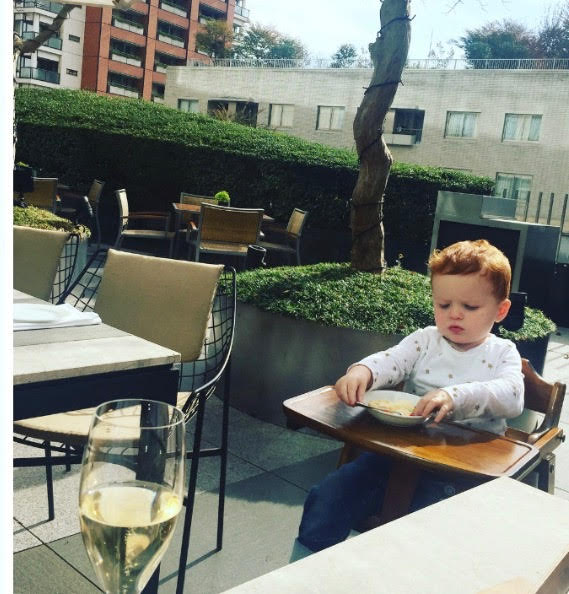
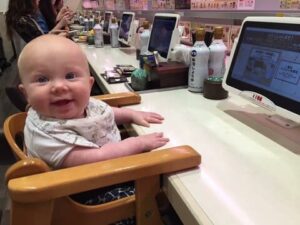
13. Only super casual clothing
I speak about sportswear /athleisure wear in Japan in detail here (short version: you can totally do leggings etc if you want to. No one will say anything. Japanese people don’t though.)
But I also speak to so many people who wish they had brought some nicer clothing to Japan. Japanese people dress well. Not always expensive or anything- their outfits just look so intentional and rarely ever old or ratty. I’m not going to police anyone’s sightseeing gear – you do what makes you happy. But I am going to recommend that you pack one or two items that are nice for lovely dinners out (a nice shirt, a pair of ankle boots or low heels, some jewellery.) And if you love to dress up and make little outfits ? Japan is your time to shine. There really is never such a thing as TOO DRESSY in Japan – even at the beach!
For a Japan holiday, I say no to hiking boots (unless you’ll actually be hiking and then only wear them on that day of the hike.) I also say no to gumboots unless you’re under 6 years old – and even then, only in rainy season and only if they really like puddle jumping.
I speak about what to pack month by month here ...but if you were travelling for 1-2 weeks – I recommend two pairs of different brands of sneakers (two so you can mix it up when you have sore feet and the other pair can rub differently to the day before) and one pair of more dressy shoes such as ankle boots that you can also walk in but look a bit smarter. And one of those two pairs will be the ones you wear on the plane.
14. Laundry detergent
Most family friendly and/or business hotels have on-site coin laundries. The detergent is already built into the machine so there is no need to provide your own. This can be a bit tricky if you have allergies to laundry detergent (if this is the case, please read my allergies post for some ways around this.)
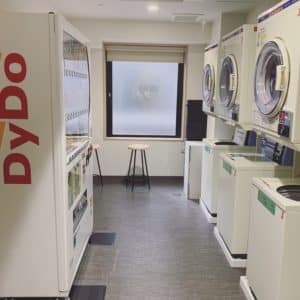
See here for my “what to wear in Japan” tips here too (mostly centered around what to wear in Japan for women.)

